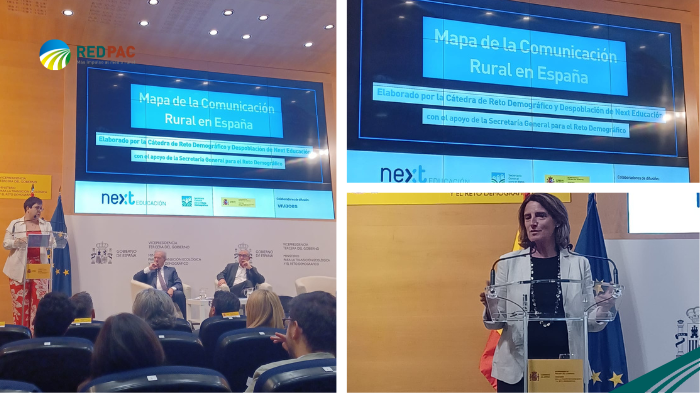
23 de September de 2024
A total of 2,682 local media outlets have been collected on an interactive map.
- A total of 2,682 local media outlets have been collected on an interactive map.
- The map aims to be a tool for territorial knowledge that offers possibilities for developing communication and dissemination policies for rural areas.
- The population's demand for close and real information favors the growth of local media.
The importance of the narrative. This is where the significance of the discourse conveyed by both local media to its residents and the rest of the country, as well as the discourse articulated by national media to talk about the rural world, lies. Because the narrative and image created will determine whether the image generated of the rural world remains riddled with clichés and stereotypes or whether it can leave behind an outdated, even idealized, image in order to shape a new image of rurality adapted to the times.
In this context, the first map of rural communication in Spain is presented , organized by the Next Education Chair on the Demographic Challenge and Depopulation . It includes all types of media currently operating in rural areas of our country. Specifically, 2,682 media outlets have been included, although, as this is a virtual tool, the map remains open to new additions and deletions that occur in the territories.
In fact, the map was created with a dual purpose: as a tool for understanding the geographic distribution of media outlets, their typology, and characteristics, but also as a development opportunity for areas with less media presence that may have potential for business development.
Network of rural journalists
Camino Cabañas, the project's coordinating journalist, analyzed the rural media outlets in each autonomous community, province, town, and region, as well as in the two autonomous cities, creating an interactive map of 2,862 media outlets. These were reviewed and validated by the Rural Journalists Network .
The study has led to the following conclusions regarding rural communication in Spain:
- The map has identified areas with a lack of local news coverage, where there are no media outlets, which could be an opportunity for journalists from different parts of Spain to launch and develop projects. According to the study's data, Asturias, La Rioja, Navarra, Castilla y León, Castilla la Mancha (especially Cuenca and Guadalajara), Jaén in Andalusia, and Tarragona and Lleida in Catalonia are good examples where potential opportunities exist.
- The media landscape in Spain is dominated by eight large business groups: Grupo Planeta, Mediaset España, Prisa, Unidad Editorial, Godó, Vocento, Henneo, and Prensa Ibérica, which control the majority of media outlets. Alongside these groups are small local publishers and independent professionals who, particularly through their digital media, seek to offer more accurate and diverse information.
- Local and hyperlocal media operate with limited resources, relying heavily on local and institutional advertising. Despite these limitations, these outlets are growing due to the demand for local information and represent an entrepreneurial opportunity where local media representation is scarce.
As this is an interactive and virtual resource, the media can provide suggestions and updates to keep the tool alive and up-to-date. These contributions can be made using a form available on the website.
The project has the support of the Ministry for Ecological Transition and the Demographic Challenge .











